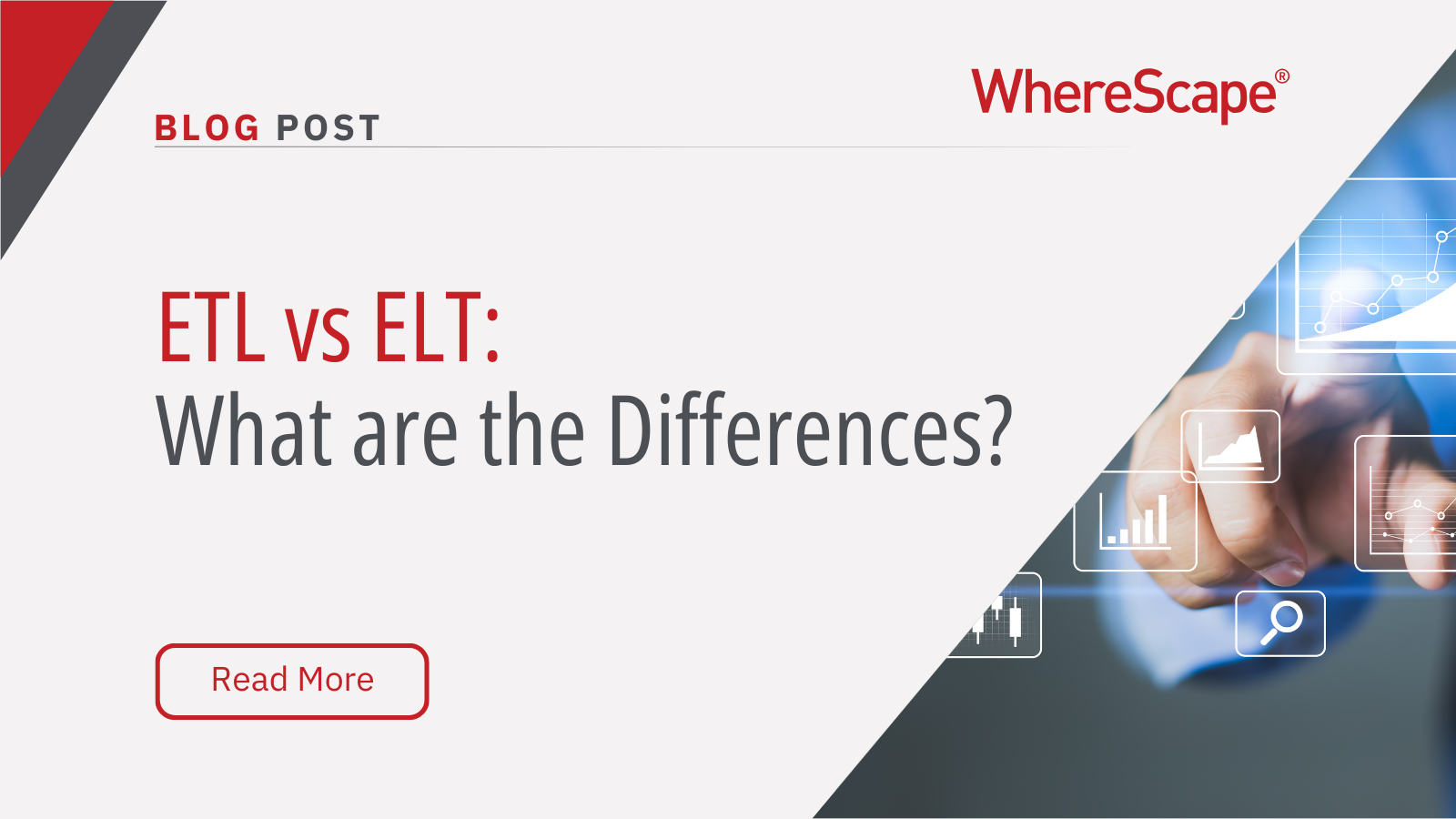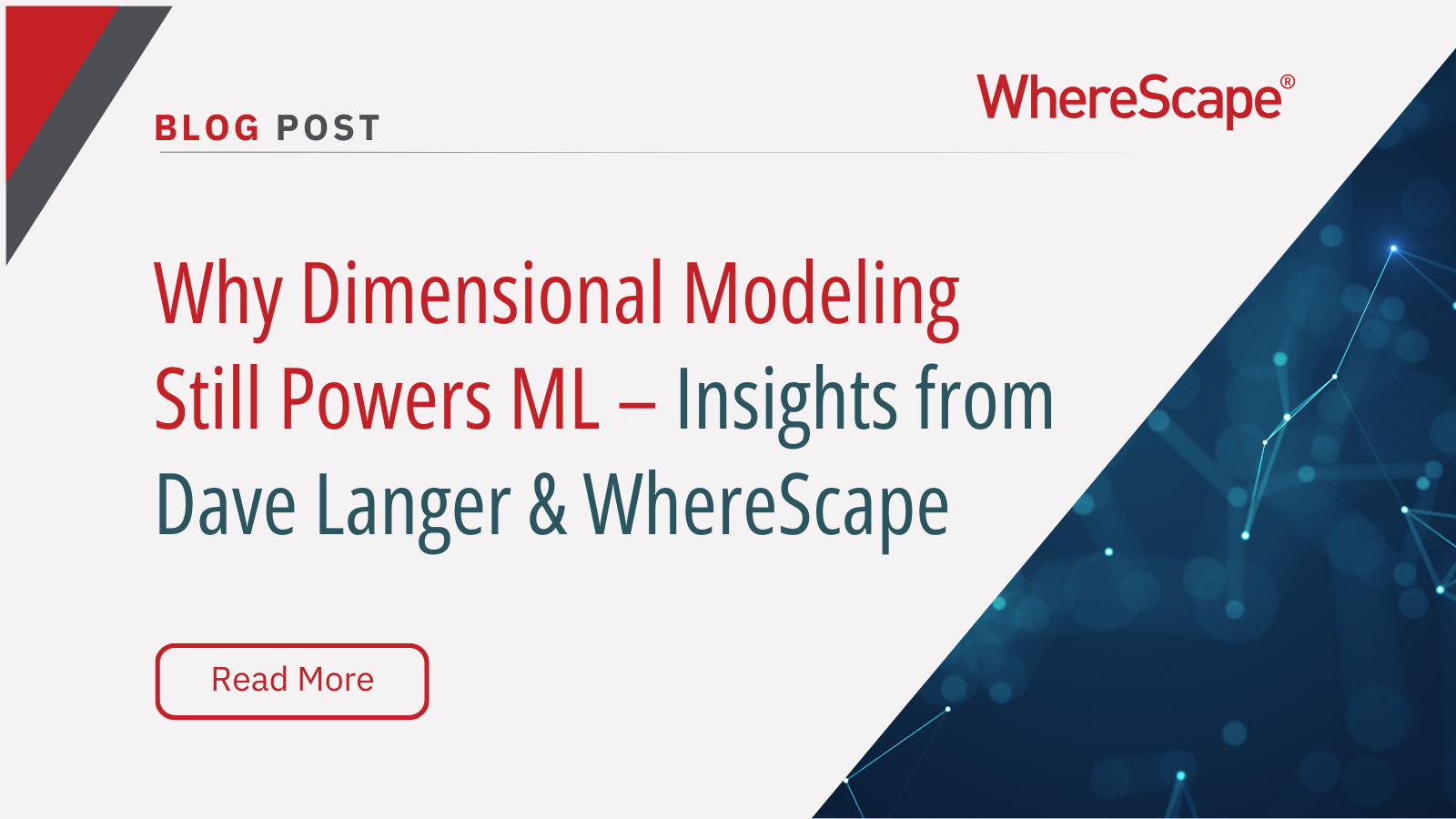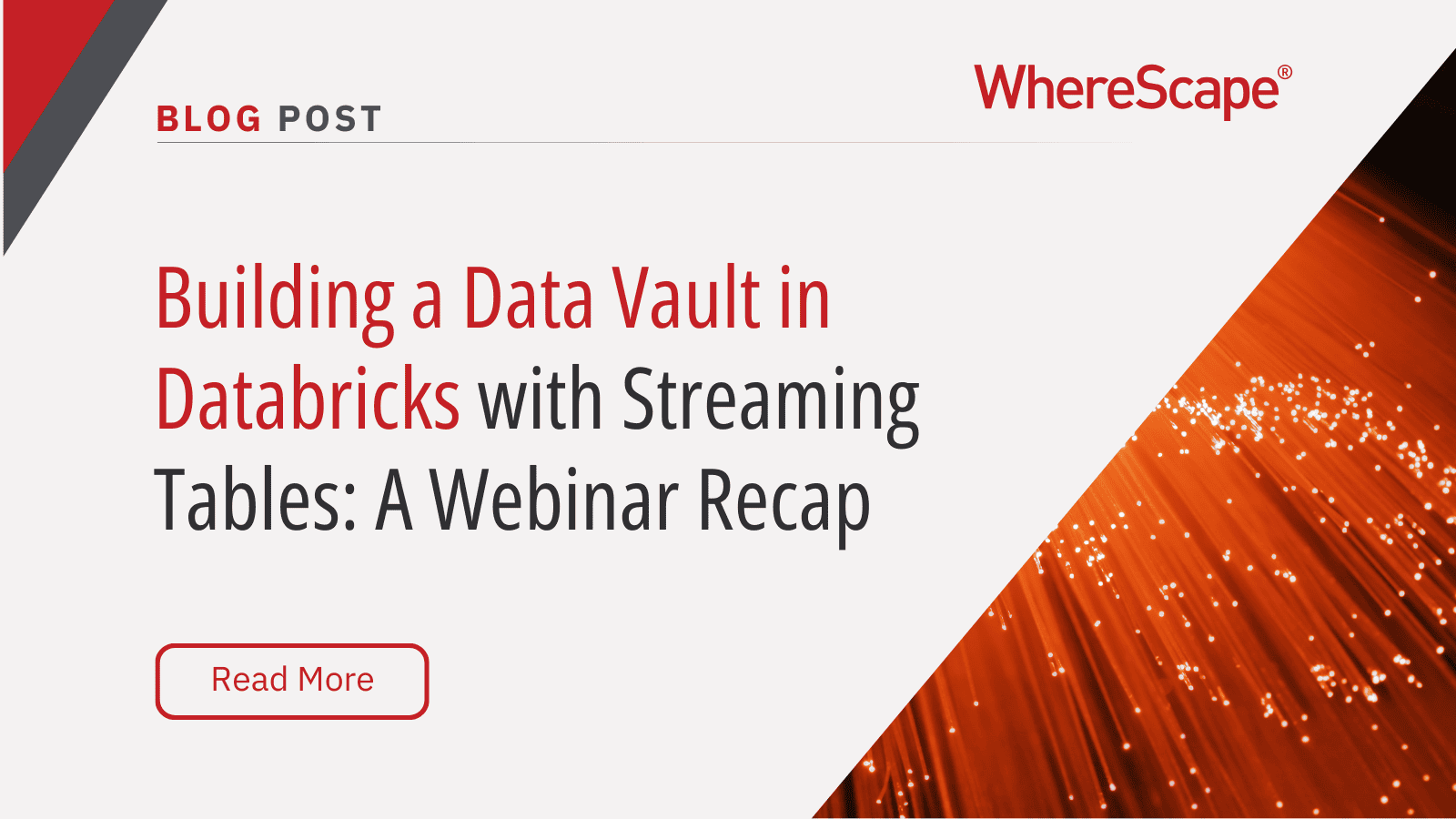Discover how-to unlock exciting new...
Your Guide to Online Analytical Processing (OLAP) for Business Intelligence
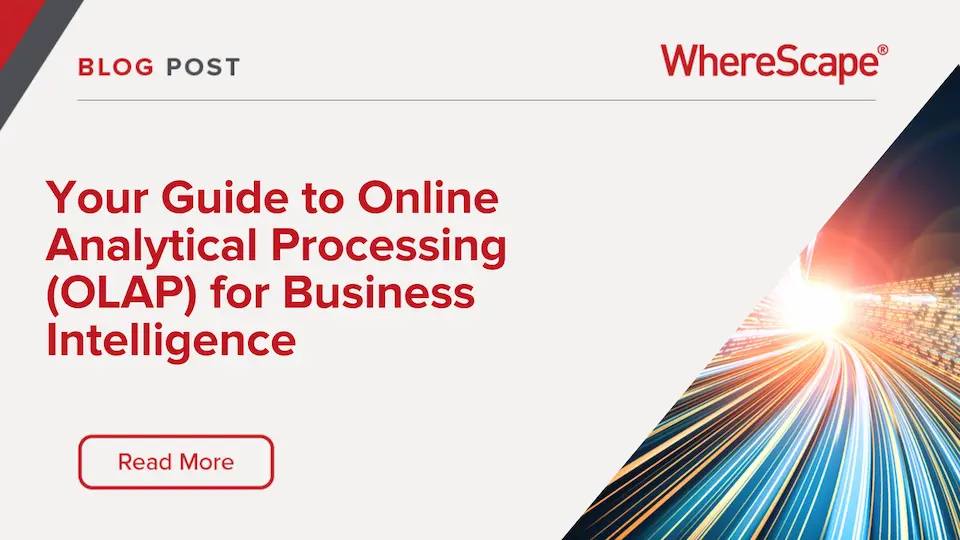
Streamline your data analysis process with OLAP for better business intelligence. Explore the advantages of Online Analytical Processing (OLAP) now!
Do you find it hard to analyze large amounts of data quickly? Online Analytical Processing (OLAP) is designed to answer complex questions fast. This guide explores how OLAP enhances business intelligence, focusing on tools and techniques that analysts and managers can use to make smarter decisions.
What is OLAP?
OLAP stands for Online Analytical Processing. It enables analysts to explore multidimensional data efficiently, supporting fast querying and complex calculations. Data is often organized in OLAP cubes, derived from data warehouses or other relational sources optimized for business intelligence.
Unlike Online Transaction Processing (OLTP) systems that focus on transactional efficiency, OLAP provides advanced querying capabilities by analyzing aggregated data, often extracted from OLTP systems. This makes OLAP a critical tool for business decision-making.
Core Features of OLAP Systems
Multidimensional Databases
Multidimensional databases organize data into OLAP cubes using schemas like star, snowflake, or fact constellation. These schemas include:
- Fact Tables: Store measurable data, such as sales figures.
- Dimension Tables: Contain descriptive attributes like time or product details.
- Conformed Dimensions: Best practice dimensions shared across multiple fact tables for consistency.
This structure enables efficient slicing, dicing, drill-down, and roll-up operations, providing detailed insights from aggregated data. Analysts use tools like Microsoft SQL Server Analysis Services (SSAS) to interact with these multidimensional databases.
Aggregations and Calculations
Aggregations summarize data using functions like SUM, AVG, and COUNT. These are pre-calculated and stored in OLAP cubes, enabling fast query performance. For example:
- Aggregated Measures: Provide key performance metrics, such as total sales or average revenue.
- Advanced Calculations: Simplify complex analysis tasks, making it easier for analysts to visualize trends and build dashboards.
Fast and Efficient Data Querying
OLAP systems are designed for quick query responses, supported by pre-calculated aggregations and optimized schemas. With tools like SSAS, analysts can navigate large data volumes seamlessly, improving query performance and decision-making.
Types of OLAP Systems
Multidimensional OLAP (MOLAP)
MOLAP uses compressed, pre-aggregated data stored in multidimensional databases. This ensures:
- Fast Query Responses: Ideal for summary-level insights.
- Compact Design: Efficient data storage through compression.
Challenges include slower processing for extensive datasets and potential data redundancy. However, MOLAP remains a strong choice for its speed and aggregation capabilities.
Relational OLAP (ROLAP)
ROLAP in SSAS builds models over relational entities in data warehouses, populated by ELT pipelines. Key benefits include:
- Direct Querying: Data is queried directly from relational sources without requiring extensive pre-processing.
- Scalability: Ideal for large datasets where detailed information is stored in relational tables.
Hybrid OLAP (HOLAP)
HOLAP combines the strengths of MOLAP and ROLAP by:
- Using pre-aggregated MOLAP data for summary-level queries.
- Leveraging ROLAP for detailed data stored in relational sources.
This approach reduces storage requirements while maintaining fast query responses for aggregated data. It is a versatile solution for balancing speed and scalability.
OLAP vs. Relational Databases for BI
While OLTP systems focus on transaction processing, relational databases optimized for BI/Data Warehousing differ significantly:
- Query Optimization: Designed for performance, with denormalization and indexing tailored for analytics.
- Data Aggregation: Supports pre-calculated measures, essential for OLAP operations.
OLAP systems build on these BI-optimized databases to deliver multidimensional analysis capabilities, making them essential for business intelligence.
How OLAP Works
Data Collection and Storage
Data is collected from multiple sources and stored in centralized, multidimensional databases. Using schemas like star or snowflake, OLAP systems organize:
- Measures: Numeric data, such as sales.
- Dimensions: Descriptive attributes, such as time or region.
This setup allows analysts to access and analyze data interactively.
Creation of OLAP Cubes
OLAP cubes are created from fact and dimension tables, storing aggregated data and relationships for efficient querying. For example:
- Fact Tables: Include sales metrics.
- Dimension Tables: Provide context, such as time and geography.
SSAS enables analysts to build and interact with these cubes, delivering fast and reliable insights.
Benefits of OLAP Systems
Enhanced Data Analysis
OLAP empowers analysts to explore data from multiple perspectives, such as by time, geography, or product. Aggregated measures and pre-calculated data make it easy to identify trends and answer complex questions quickly.
Improved Business Intelligence
By integrating data from various business functions, OLAP supports comprehensive decision-making. Its ability to analyze data across multiple dimensions enhances reporting, forecasting, and strategic planning.
Challenges in OLAP Implementation
Integration with Existing Systems
Integrating OLAP with data warehouses can be complex, especially for MOLAP systems that require extensive pre-aggregation. Choosing the right type of OLAP (MOLAP, ROLAP, or HOLAP) ensures smooth integration and optimal performance.
Managing Large Data Volumes
As datasets grow, efficient management becomes critical. OLAP systems must balance storage requirements and processing power to maintain performance while scaling with business needs.
Future Trends in OLAP Technology
The Rise of Columnar Databases
Columnar databases, known for their speed and storage efficiency, are gaining traction in modern OLAP implementations. While SSAS does not currently support these platforms, advancements in this area promise significant improvements in scalability.
The Bottom Line on OLAP
OLAP transforms business intelligence by enabling fast, multidimensional data analysis. With tools like SSAS, analysts can gain deeper insights, improve decision-making, and stay ahead in a data-driven world. By understanding the types, features, and benefits of OLAP, businesses can effectively leverage this powerful tool for success.
FAQs
1. What is Online Analytical Processing (OLAP)?
OLAP is a technology that helps businesses analyze large amounts of data quickly, enabling detailed insights for better decision-making.
2. How does OLAP improve business intelligence?
OLAP provides clear reports and multidimensional analysis, helping businesses identify trends, solve problems, and plan for the future.
3. What are the main features of OLAP?
OLAP enables data slicing, dicing, and aggregation, making it easier for analysts to explore and interpret data effectively.
4. How can a business start using OLAP?
To implement OLAP, a business needs a data warehouse, compatible tools like SSAS, and trained analysts to leverage its capabilities.
ETL vs ELT: What are the Differences?
In working with hundreds of data teams through WhereScape’s automation platform, we’ve seen this debate evolve as businesses modernize their infrastructure. Each method, ETL vs ELT, offers a unique pathway for transferring raw data into a warehouse, where it can be...
Dimensional Modeling for Machine Learning
Kimball’s dimensional modeling continues to play a critical role in machine learning and data science outcomes, as outlined in the Kimball Group’s 10 Essential Rules of Dimensional Modeling, a framework still widely applied in modern data workflows. In a recent...
Automating Data Vault in Databricks | WhereScape Recap
Automating Data Vault in Databricks can reduce time-to-value by up to 70%—and that’s why we hosted a recent WhereScape webinar to show exactly how. At WhereScape, modern data teams shouldn't have to choose between agility and governance. That's why we hosted a live...
WhereScape Recap: Highlights From Big Data & AI World London 2025
Big Data & AI World London 2025 brought together thousands of data and AI professionals at ExCeL London—and WhereScape was right in the middle of the action. With automation taking center stage across the industry, it was no surprise that our booth and sessions...
Why WhereScape is the Leading Solution for Healthcare Data Automation
Optimizing Healthcare Data Management with Automation Healthcare organizations manage vast amounts of medical data across EHR systems, billing platforms, clinical research, and operational analytics. However, healthcare data integration remains a challenge due to...
WhereScape Q&A: Your Top Questions Answered on Data Vault and Databricks
During our latest WhereScape webinar, attendees had fantastic questions about Data Vault 2.0, Databricks, and metadata automation. We’ve compiled the best questions and answers to help you understand how WhereScape streamlines data modeling, automation, and...
What is Data Fabric? A Smarter Way for Data Management
As of 2023, the global data fabric market was valued at $2.29 billion and is projected to grow to $12.91 billion by 2032, reflecting the critical role and rapid adoption of data fabric solutions in modern data management. The integration of data fabric solutions...
Want Better AI Data Management? Data Automation is the Answer
Understanding the AI Landscape Imagine losing 6% of your annual revenue—simply due to poor data quality. A recent survey found that underperforming AI models, built using low-quality or inaccurate data, cost companies an average of $406 million annually. Artificial...
RED 10: The ‘Git Friendly’ Revolution for CI/CD in Data Warehousing
For years, WhereScape RED has been the engine that powers rapidly built and high performance data warehouses. And while RED 10 has quietly empowered organizations since its launch in 2023, our latest 10.4 release is a game changer. We have dubbed this landmark update...
The Assembly Line for Your Data: How Automation Transforms Data Projects
Imagine an old-fashioned assembly line. Workers pass components down the line, each adding their own piece. It’s repetitive, prone to errors, and can grind to a halt if one person falls behind. Now, picture the modern version—robots assembling products with speed,...
Related Content
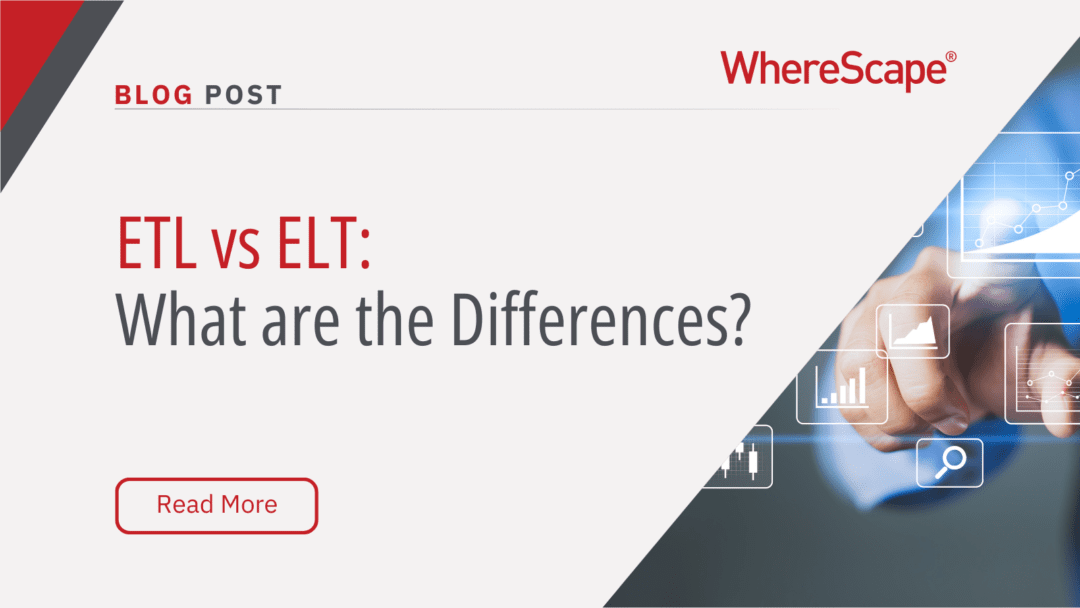
ETL vs ELT: What are the Differences?
In working with hundreds of data teams through WhereScape’s automation platform, we’ve seen this debate evolve as businesses modernize their infrastructure. Each method, ETL vs ELT, offers a unique pathway for transferring raw data into a warehouse, where it can be...
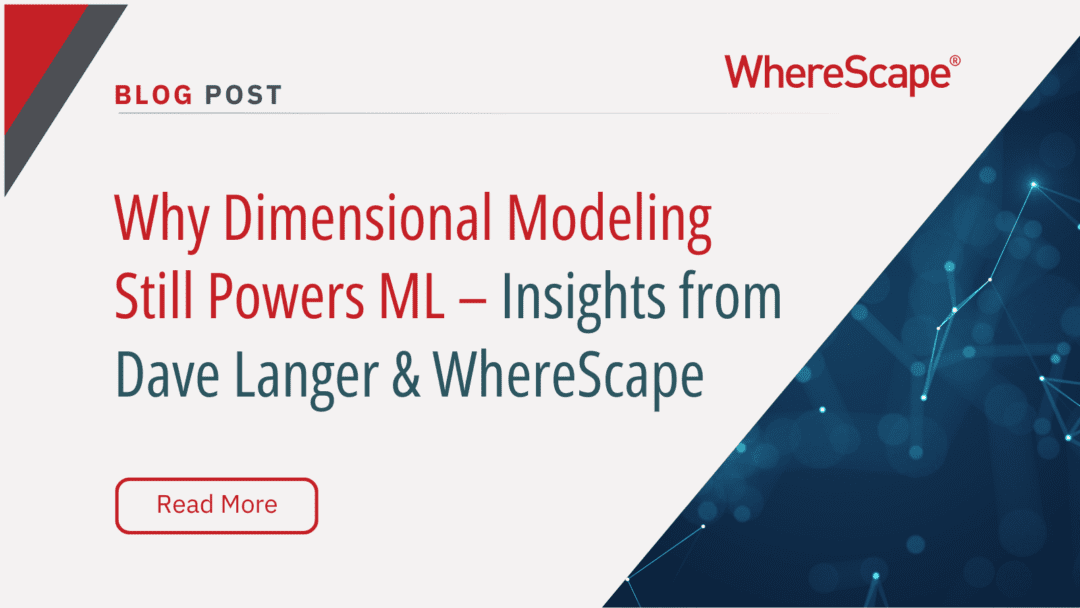
Dimensional Modeling for Machine Learning
Kimball’s dimensional modeling continues to play a critical role in machine learning and data science outcomes, as outlined in the Kimball Group’s 10 Essential Rules of Dimensional Modeling, a framework still widely applied in modern data workflows. In a recent...
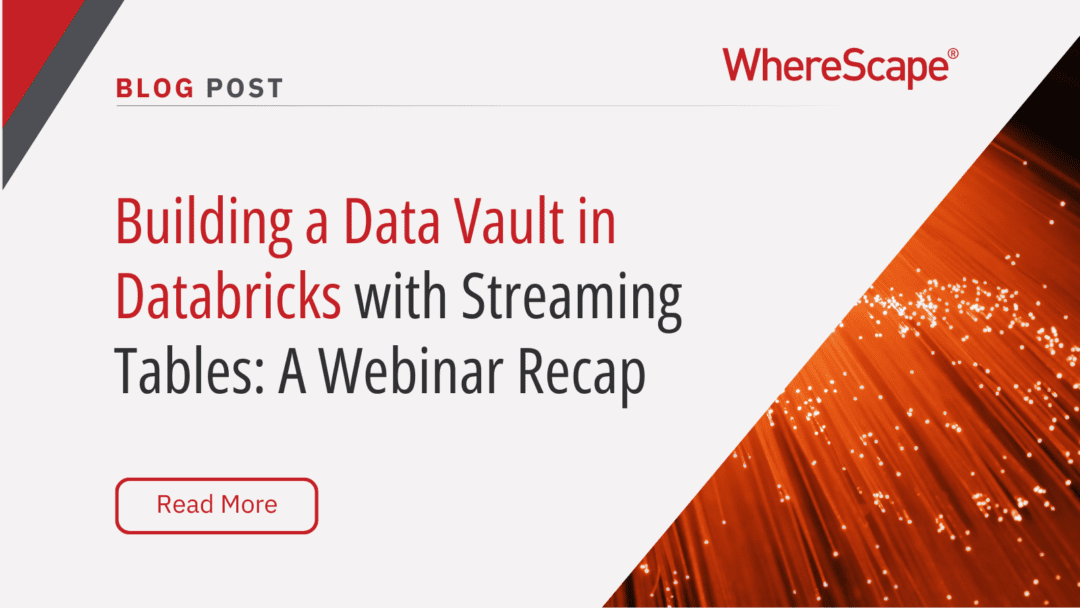
Automating Data Vault in Databricks | WhereScape Recap
Automating Data Vault in Databricks can reduce time-to-value by up to 70%—and that’s why we hosted a recent WhereScape webinar to show exactly how. At WhereScape, modern data teams shouldn't have to choose between agility and governance. That's why we hosted a live...
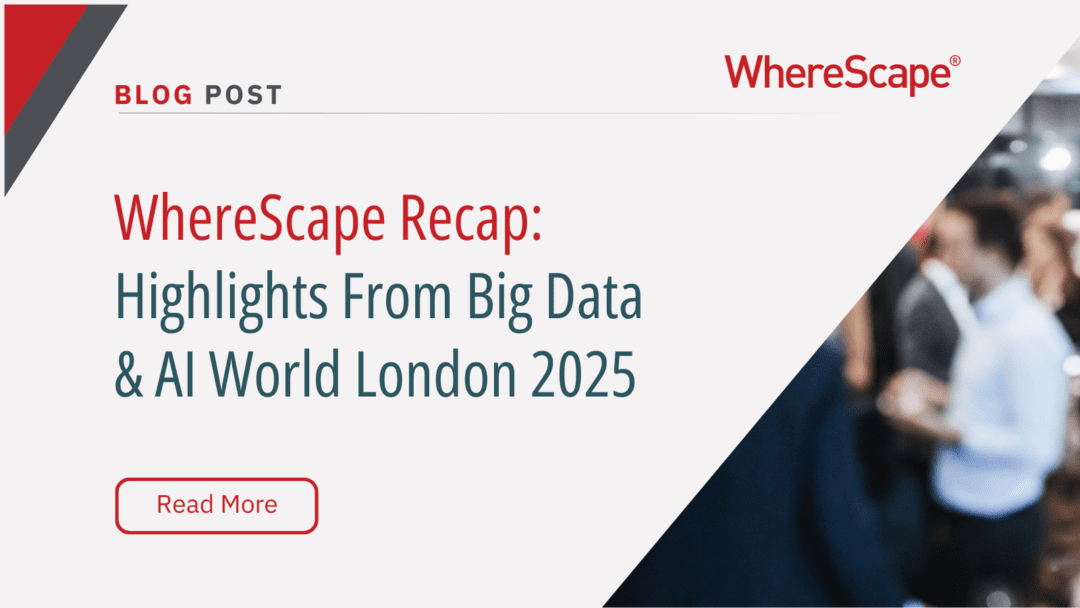
WhereScape Recap: Highlights From Big Data & AI World London 2025
Big Data & AI World London 2025 brought together thousands of data and AI professionals at ExCeL London—and WhereScape was right in the middle of the action. With automation taking center stage across the industry, it was no surprise that our booth and sessions...


